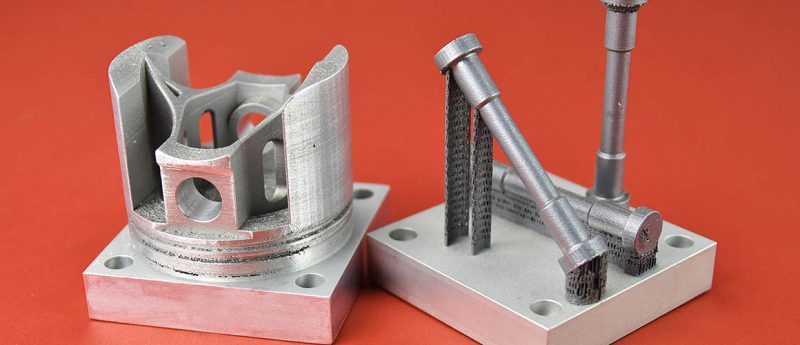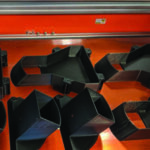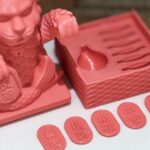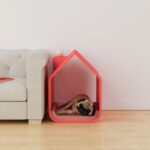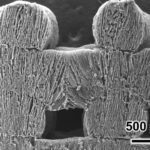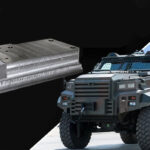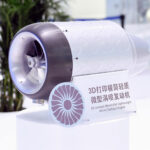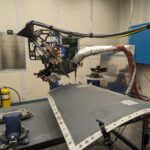GM and Boeing’s co-owned HRL laboratories has registered their 3D printed aluminum alloy with the Aluminum Association. This is a major step forward for the eventual commercialization and mass production of the material. It is also the first alloy of its kind i.e. 3D printable using SLM and additions to their internal structure.
The Aluminum Association tasks itself with alloy registration and product standardisation. Their new additive alloy registration system, established in February 2019, was due to a growing number of additive manufacturing-based alloys. HRL has the registration number 7A77.50 for the aluminum powder in additively manufacturing the alloy, while using number 7A77.60L for the printed alloy itself.
“Essentially, this will connect us to this particular alloy composition forever,” said Hunter Martin, lead scientist for the HRL team behind the 3D printed aluminum alloy. “These alloy numbers will always be trackable back to HRL, like a DNA signature. When I first contacted the Aluminum Association about registering our alloy, they did not have a way to register alloys printed from powders, so they decided to create a new system for registration of additively manufactured materials – a first in the materials space.”
Aluminum is one of the most (if not THE most) common materials for CNC and 3D printed products. 3D printed aluminum alloys are a major step towards cracking this materials market. Even aside from its direct benefits, it also points to new ways of improving metal printing and curing the drawbacks present in the technology, as many companies have noted.
New Aluminum Alloy Development
The vast majority of alloys (amounting to more than 5,500 in number) that are in use today cannot be additively manufactured. This is because the melting and solidification process during the printing process leads to intolerable microstructures. The large columnar grains and periodic cracks that result make these 3D printed alloys unusable. HRL Laboratories previously highlighted their work with high-strength 3D printed alloys in a study.
To adjust their own 3D printed aluminum alloys, HRL used nucleants that help control solidification during the additive manufacturing. They selected these nucleants based on the results of crystallographic information, mixing them with 7075 and 6061 series aluminium alloy powders. As a result, they created crack-free, uniformly grained and refined microstructures.
The method HRL introduced has further applications beyond just SLM. It may provide a foundation for broader industrial function in electron-beam melting or directed-energy-deposition techniques. It may also enable 3D printing different alloy systems, like non-weldable nickel superalloys and intermetallics. Extrapolating further, the technology may even play a role in conventional processes which are prone to solidification cracking and hot tearing. This includes in joining, casting and injection moulding.
Featured image and video courtesy of HRL Laboratories.


